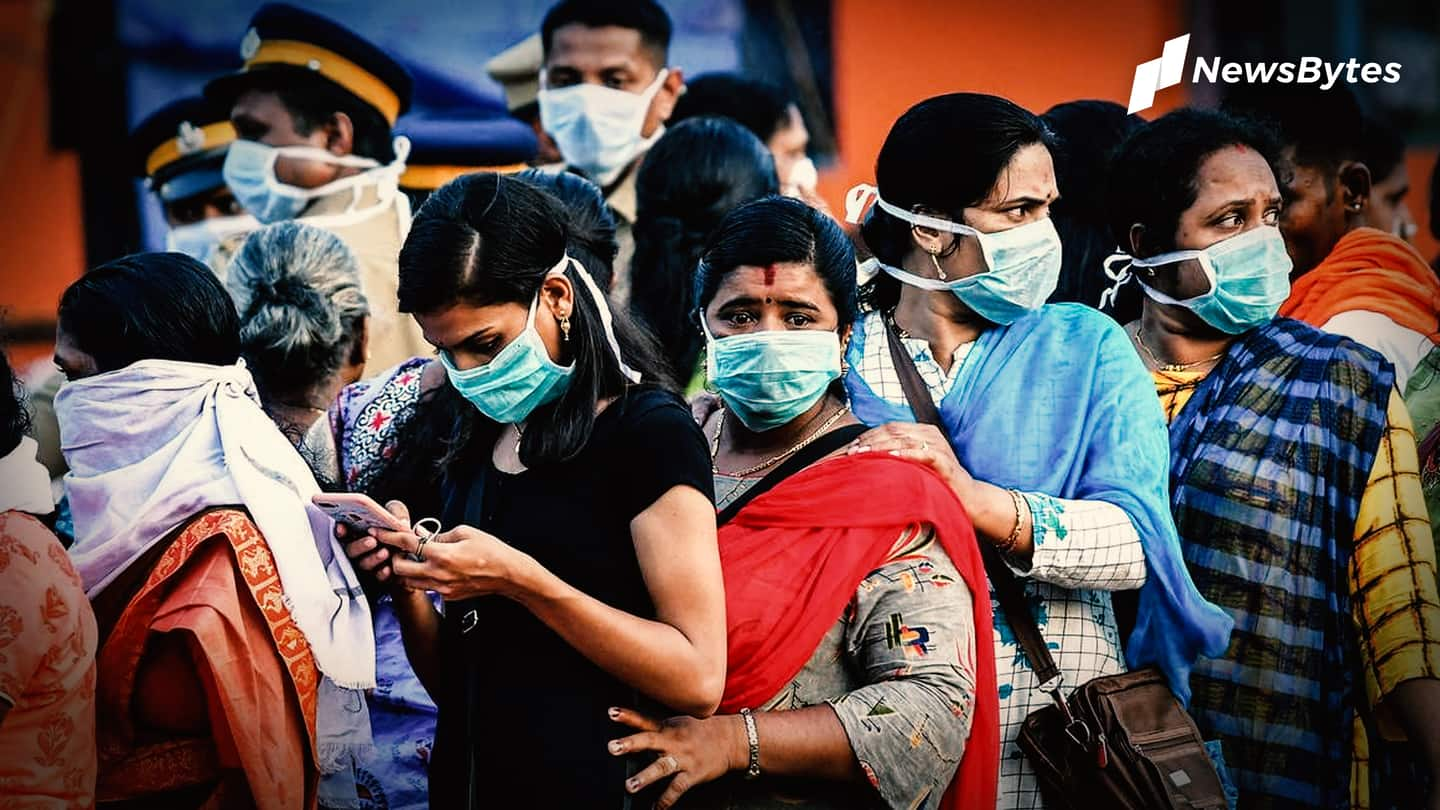
How will coronavirus vaccine reach Indians? Centre outlines plan
What's the story
As India faces a mammoth challenge of administering the coronavirus vaccine to 1.3 billion people, the Centre on Tuesday explained how the drive will be conducted.
Union Health Secretary Rajesh Bhushan indicated that the first dose could be administered on January 13, ten days after two vaccines were granted the emergency use authorization.
Here's how the government has planned the massive exercise.
Drive
Drive is divided into three stages, including transportation and inoculation
The drive includes three stages — the first one deals with transportation, the second with immunizing beneficiaries, and the third with follow-up.
On the government's priority list are three crore people, including healthcare workers.
Data of healthcare workers and corona warriors have already been uploaded on the Co-WIN (COVID Vaccine Intelligence Network) platform.
The rest of the beneficiaries will have to register themselves, Bhushan asserted.
Transportation
Vaccine will travel via air to government-run depots
Bhushan explained that as part of the first step, the doses will be transported via air to government-run vaccine stores which are named Government Medical Stores Depot (GMSD).
Currently, the nation has four depots, one each in Karnal, Chennai, Mumbai, and Kolkata.
From these depots, the vials will be sent to 37 state vaccine stores in different states in refrigerated/insulated vans, he explained.
Quote
Thereafter, vaccines will be sent to district stores
"From there on, it's the responsibility either of the state governments or Union Territory administration to deploy the stock further as per their requirement. From the state stores, the supplies will be sent to the district vaccine stores," he said, as per HT.
Details
Finally, the doses will reach primary healthcare centers
From the district stores, the doses will be sent to primary health centers and sub-centers where the actual vaccination will take place.
Bhushan said trackers will provide information about the temperature being maintained at each facility and also during transportation. The data will be monitored in real-time digitally.
The Centre is hoping to involve 29,000 cold chain points for the entire process.
Beneficiaries
Electoral rolls will be used to identify those above 50
Once the doses reach the primary centers, the focus will turn to the second step, which deals with identifying beneficiaries, their registration, and administering the vaccine to them.
While electoral rolls will aid in identifying those above 50, information about those below 50 and having co-morbidities will be collated using a new system that will grade diseases likely more fatal than COVID-19.
Third part
Adverse events will be tracked as well
Bhushan said this inclusion system is being devised by an expert panel and details of the "exact selection method" could be out in a day or two.
In the third leg of the drive, officials will follow up with beneficiaries.
"The platform also enables documentation of any adverse event following immunization in real-time," the top official from the Health Ministry revealed.